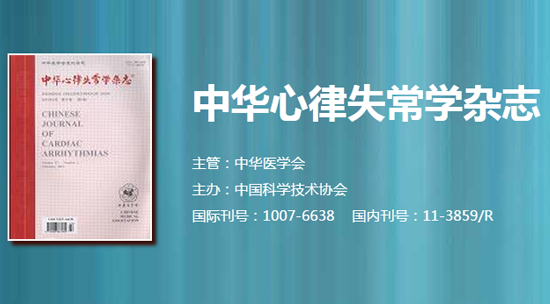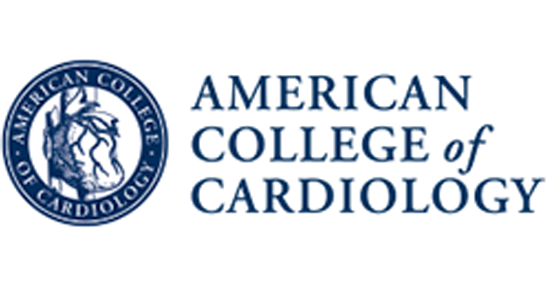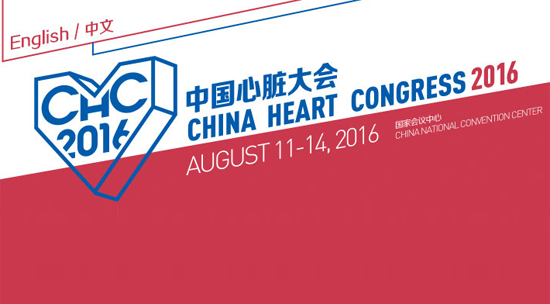HeartRhythm主编—陈鹏生教授语音速递(八月刊 英文版)


Peng-Sheng Chen
Hello, this is Dr. Peng-Sheng Chen, the Editor-in-Chief of Heart Rhythm. Thank you for listening to this podcast.
The first article of the August 2023 issue is titled “Catheter ablation of ventricular premature depolarizations originating from mid interventricular septum: Significance of electrocardiographic morphology for predicting origin”. Thirty-eight patients with mid IVS VPDs were enrolled. VPDs were divided into 4 different types according to precordial transition of the lectrocardiogram (ECG) and QRS morphology in lead V1. The notch in lead V1 moved gradually backward, and its amplitude gradually became higher, resulting in the transition from left to right bundle branch block morphology in lead V1 from types 1 to 4. The types of ECG morphology corresponded to an origin in the right endocardial side, right/mid intramural region, left intramural region, and left endocardial side of the mid IVS, respectively. The authors conclude that the ECG characteristics of mid IVS VPDs were important in terms of prediction of its exact origin, the choice of ablation method, and the likelihood of treatment being successful.
The second paper is titled “Safety of Magnetic Resonance Imaging in Patients with Surgically Implanted Permanent Epicardial Leads”. Twenty-nine consecutive patients with epicardial CIED underwent 52 MRIs in 57 anatomic regions. No significant adverse events occurred in the epicardial or transvenous CIED groups. Battery life, pacing, sensing thresholds, lead impedance, and cardiac biomarkers were not significantly changed, except 1 patient had a transient decrease in atrial lead sensing function. The authors conclude that MRI of CIEDs with epicardially implanted leads does not represent a greater risk than transvenous CIEDs when performed with a multidisciplinary collaborative protocol centered on patient safety.
Coming up is “MAgnetic resonance imaging based DUal lead cardiac Resynchronization therapy: A prospectIve Left Bundle Branch Pacing Study (MADURAI LBBP study)”. The purpose of this study was to prospectively assess the feasibility and efficacy of LBBP with or without a defibrillator in patients with LB-NICM and LVEF ≤35%, risk stratified by CMR. One hundred twenty patients were enrolled. CMR showed <10% scar burden in 109 patients (90.8%). LBBP-optimized dual-chamber pacemaker or CRT-P were performed in 101 patients. The authors found that CMR-guided CRT using an LBBP seems to be a safe and feasible approach in LB-NICM and has the potential to reduce healthcare costs.
Next up is “Five-year safety and efficacy of leadless pacemakers in a Dutch cohort”. In this retrospective cohort study, 179 consecutive patients with a first leadless pacemaker (LP)implantation from December 21, 2012, to December 13, 2016, in 6 Dutch high-volume centers were included. Mean follow-up duration was 44 ± 26 months. The authors found that the longterm major complication rate without advisory-related complications was low with LPs. No complications occurred after the acute phase and no infections occurred, which may be a specific benefit of LPs. The performance was adequate with a stable pacing capture threshold.
Coming up is “Genetic analysis identifies the SLC4A3 anion exchanger as a major gene for short QT syndrome”. Genetic testing was performed in 34 index patients with SQTS. Potentially disease-causing variants were identified in 9 (26%) patients and were mainly located in SLC4A3. Knockdown of slc4a3 in zebrafish resulted in shortened heart rate-corrected QT intervals that could be rescued by overexpression of the native human SLC4A3-encodedprotein. Dysfunction in slc4a3/AE3 was associated with alkaline cytosol and shortened action potential of cardiomyocytes. The authors conclude that in about a quarter of patients with SQTS, a potentially disease-causing variant can be identified. Nonsynonymous variants in SLC4A3 represent the most common cause of SQTS, underscoring the importance of including SLC4A3 in the genetic screening of patients with SQTS or sudden cardiac death.
Up next is “Dual-Chamber Leadless Pacing: Atrioventricular Synchrony in Preclinical Models of Normal or Blocked Atrioventricular Conduction”. RA and RV LPs were implanted and paired in 7 ovine subjects, including 4 with induced complete heart block. Acute AV synchrony and i2i communication success across multiple postures and rhythms were 100.0% and 99.9%, respectively. The authors conclude that successful AV-synchronous, dual-chamber DDD(R) leadless pacing using a novel, continuous, wireless communication modality was demonstrated across variations in posture and rhythm in a preclinical model.
Up next is “Multicenter Clinical and Functional Evidence Reclassifies a Recurrent Noncanonical Filamin C Splice-altering ariant”. Truncating variants in filamin C (FLNC) can cause arrhythmogenic cardiomyopathy (ACM) through haploinsufficiency. The purpose of this study was to investigate the clinical and functional consequences of a recurrent FLNC intronic variant of uncertain significance (VUS), c.970-4A>G. Clinical data in 9 variant heterozygotes from 4 kindreds were obtained from 5 tertiary health care centers. Variant heterozygotes displayed a spectrum of disease phenotypes, spanning from mild ventricular dysfunction with palpitations to severe ventricular arrhythmias requiring device shocks or progressive cardiomyopathy requiring heart transplantation. Consistent with in silico predictors, the c.970-4A>G FLNC variant activated a cryptic splice acceptor site, introducing a 3-bp insertion containing a premature termination codon. The authors conclude that clinical, in silico, and functional evidence support the prediction that the intronic c.970-4A>G VUS disrupts splicing and drives ACM, enabling reclassification from VUS to pathogenic.
These original articles were followed by two contemporary reviews. The first one is “Deciphering hERG Mutation in Long QT Syndrome Type 2 Using Antisense Oligonucleotide-Mediated Techniques: Lessons from Cystic Fibrosis”. By drawing on lessons learned from cystic fibrosis research, the authors explored the potential translational values of these advances in LQT2 studies. A second contemporary review is titled “Improved Outcomes of Conduction System Pacing in Heart Failure with Reduced Ejection Fraction – A Systematic Review and Meta-analysis”. The authors concluded that both the His bundle pacing and left bundle branch area pacing are feasible and effective CRT alternatives for heart failure.
There is a Creative Concept paper titled “Polygenic Risk Scores are Associated with Atrial Electrophysiologic Substrate Abnormalities and Outcomes Following Atrial Fibrillation Catheter Ablation”. The authors concluded that a high AF- Polygenic Risk Score is associated with more advanced electrical LA substrate and recurrence following catheter ablation. These findings suggest that AF-Polygenic Risk Score may have clinical utility as a potential predictor of post-ablation outcomes.
We also published 6 Research Letters. The first one is titled “Activation time at left ventricular pacing site (QLV) relative to the actual site of latest activation – implications for response to cardiac resynchronization therapy”. Using noninvasive 3D global mapping to identify the latest LV electrically activated site pre-CRT implant and directing LV lead placement to within 6 ms of this site may improve CRT efficacy. The next one is “Simultaneous comparison of patch versus multi-electrode cardiac monitoring for the detection of arrhythmias: The COMPARE study”. The authors concluded that, compared to multi-electrode monitors, patchbased devices yielded higher ear and analyzable times and improved monitoring quality. Up next is “New Left Ventricular Microlead Technology to Improve Cardiac Resynchronization Therapy Implant Outcomes”. The authors presented a series of patients who had successful CRT implantation with a 1.2 Fr diameter microlead. In these patients, a conventional LV lead failed to be implanted or was sub optimally placed. Coming up is a letter titled “Effects of Stereotactic Arrhythmia Radioablation on left ventricular ejection fraction and valve function over time”. The authors show that Stereotactic Arrhythmia Radioablation does not result in significant LVEF alterations during follow-up. However, they did observe that the prevalence of worsening valve function is high. In patients with worsening of aortic valve function, the radiotherapy dose received by the valve was significantly higher. The next letter is titled “Impact of a standardized pacing protocol on endpoint verification and first pass isolation using a multipolar pulsed-field ablation catheter for pulmonary vein isolation”. The authors conclude that the use of a dedicated pacing protocol in patients undergoing PFA PVI results in an increased rate of first pass isolation. The final Letter is titled “Vascular and Cardiac Ultrasound as the Primary Imaging Tool to safely deliver pacing leads while implanting Single Chamber Permanent Pacemakers: A single operator experience in a tertiary cardiac center”. The authors conclude that ultrasound implantation of single-chamber pacemakers can be safely used, resulting in low radiation doses.
I hope you enjoyed this podcast. For Heart Rhythm, I’m the Editor-In-Chief, Dr. Peng-Sheng Chen.











